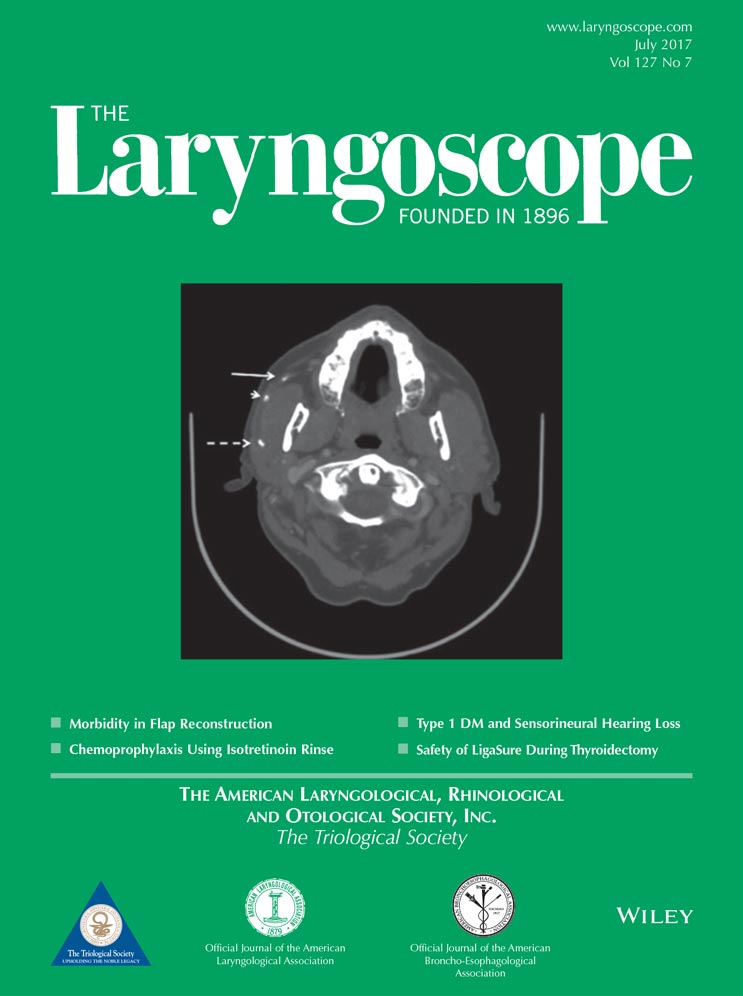Surface charge modification decreases Pseudomonas aeruginosa adherence in vitro and bacterial persistence in an in vivo implant model
The authors have no other funding, financial relationships, or conflicts of interest to disclose.
Abstract
Objective
Chronic, persistent infections complicate otologic procedures utilizing implantable devices such as cochlear implants or tympanostomy tubes. These infections are thought to be due to the establishment of microbial biofilms on implant surfaces. To address this issue, we hypothesized that surface charge modification may inhibit the formation of Pseudomonas aeruginosa biofilms on implant surfaces in vitro and in vivo.
Study Design
We evaluated the effect of surface charge modification on bacterial biofilm formation by assessing the effect of the surface charge on bacterial adhesion in vitro and bacterial persistence in vivo.
Methods
To study the effect of surface charge in vitro, the surface wells in culture plates were modified using a layer-by-layer polyelectrolyte assembly method. Bacterial adherence was measured at 30-, 60-, and 120-minute intervals. To study the effect of surface charge modification in vivo, the surface of titanium microscrews was similarly modified and then surgically implanted into the dorsal calvaria of adult rats and inoculated with bacteria. Two weeks after implantation and inoculation, the number of bacteria remaining in vivo was evaluated.
Results
Surface charge modification results in a significant decrease in adherence of bacteria in vitro. Surface charge modification of titanium microscrew implants also resulted in a significant decrease in P. aeruginosa recovered 2 weeks after surgical implantation.
Conclusion
Charge modification decreases the number of bacteria adherent to a surface in vitro and decreases the risk and severity of implant infection in an in vivo rat infection model. These results have promising biomedical applications.
Level of Evidence
NA. Laryngoscope, 127:1655–1661, 2017




